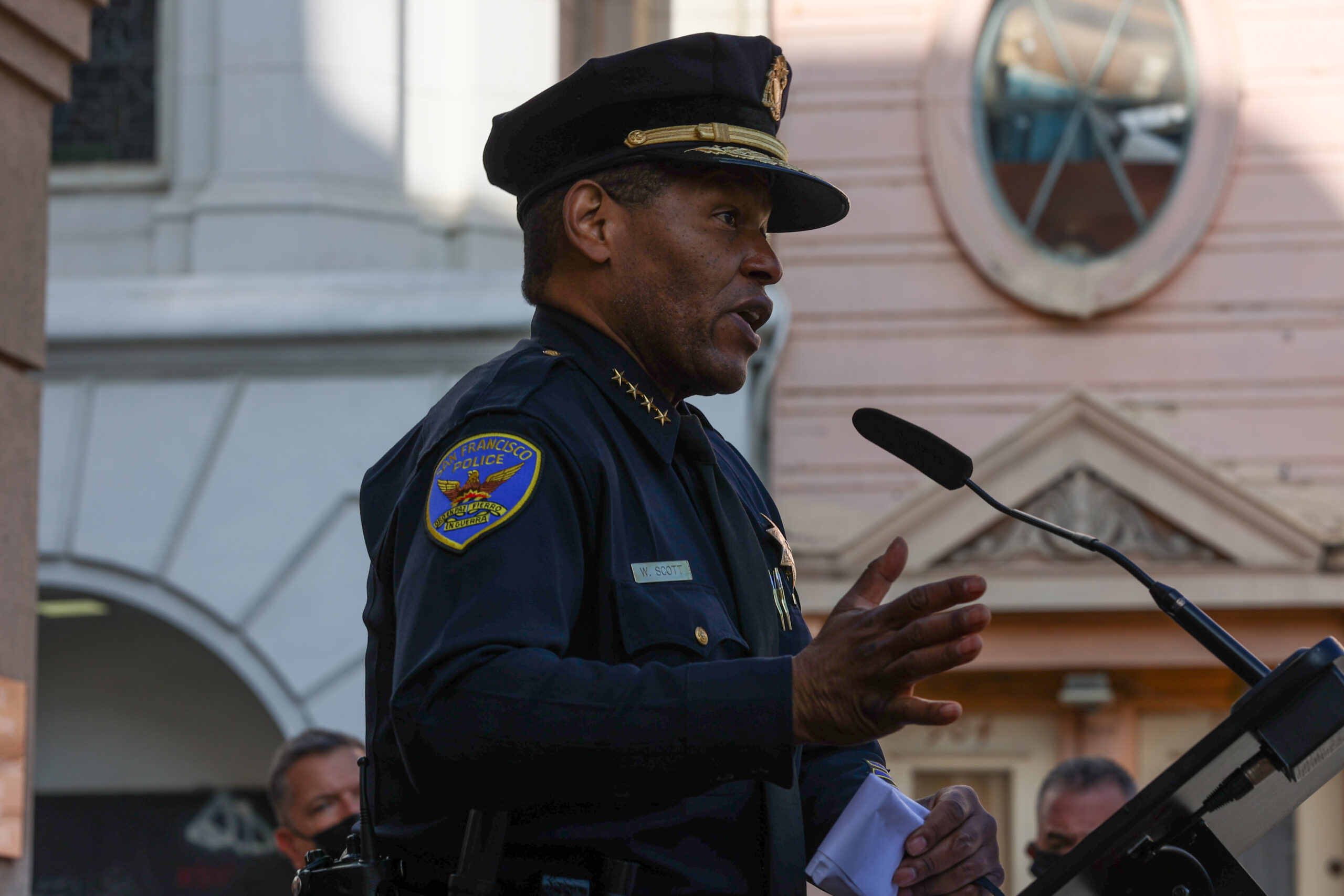San Francisco police used Wednesday's Police Commission meeting to explain the practice that led to a sexual assault survivor's DNA being used to identify and arrest her as a suspect in an unrelated crime, as revealed last month by District Attorney Chesa Boudin.
Boudin said the practice raised legal and ethical issues and warned that it could dissuade victims from reporting sex crimes. In this particular case, Boudin dropped charges against a woman after discovering police used DNA evidence collected from her years ago when she was sexually assaulted to identify and arrest her in connection with a recent, unrelated property crime. She was also matched to the crime through a hit from a federal database of criminal offenders.
At this week's meeting, the department admitted it has been storing every DNA sample that comes into the Crime Lab—from officers' DNA to that of victims of rape and other crimes—in a database used for quality control since 2015. The lab runs new samples from crime scenes through the database to prevent contamination.
That process is normal, but the process deviated in 2019 when, as the database grew larger, new samples run through the system increasingly began matching old samples kept for quality assurance. The Crime Lab sought guidance from the City Attorney’s Office and decided to begin reporting those hits to investigators.
SFPD is now doing an audit to find out if those hits resulted in any other suspects being arrested in unrelated crimes. The audit has turned up 17 other hits, including 11 matches to rape kit DNA, but indications so far suggest that the match Boudin revealed is the only one that has led to an arrest in an unrelated crime. The Police Commission set an April 6 hearing to receive an update on the audit.
Chief Bill Scott has committed to ending the practice and he said he already put guard rails in place to prevent it from happening again. Among the procedural changes being considered is a retention policy for DNA samples stored in the quality control database.
"This was a horrendous mistake," Scott said Wednesday. "It has been corrected.”
